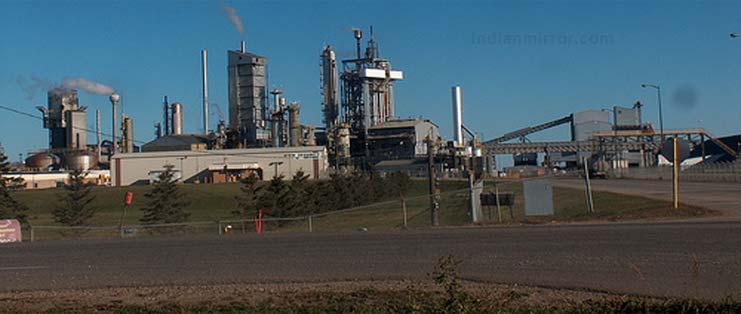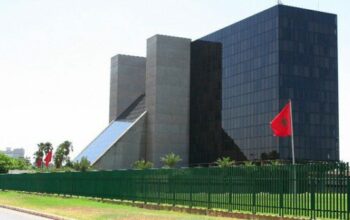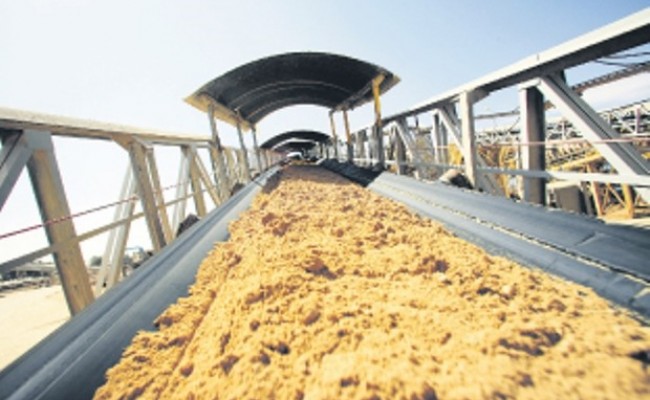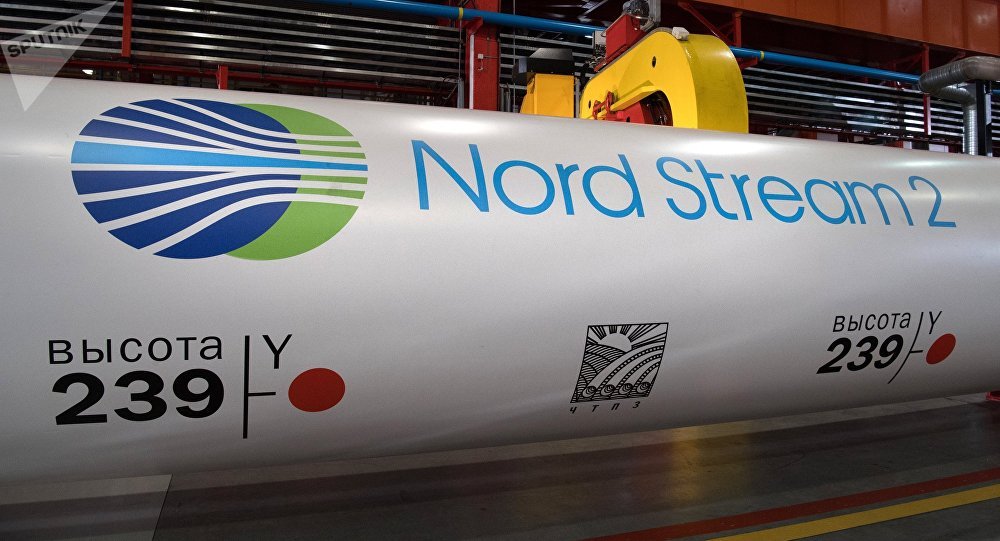“Business as usual” was the immediate response of the Indian fertilizer companies to the government’s publication of the South Asian country’s budget for 2016-2017. The sector did not have any big expectations from the budget, although some had been optimistic that urea could eventually be included under the NBS (nutrient based subsidy) policy and urea imports de-canalized. However, these hopes were dashed and instead the budget focused on funding to help long-term agricultural productivity and improve farmer budgets.
For 2016/2017, the total fertilizer subsidy was reduced by 3.4 percent to INR700 billion and the imports of urea and P&K fertilizers went down by 11 and 13 percent respectively. These cuts are believed to have taken place due to the current high stocks situation for all fertilizers (urea, DAP, MOP and NP/NPKs) after drought had reduced demand last year. Moreover, the government had to reduce the subsidy allocation due to significantly lower international fertilizer prices.
The new budget, however, does not mention any amendments of subsidy arrears that have been accumulated over recent years. Analysts expect that these delays in subsidy payments could go up to INR 600 billion by the end of 2016/2017. The fertilizer subsidy allocation is expected to be exhausted by August-October 2016, with firms subsequently relying on banking arrangements to ensure funding. It is government’s priority to tackle subsidy arrears or face an investment crunch. With global fertilizer prices expected to reach its lowest levels in 2016, the Indian government might have missed a chance to allocate some funding to amending these arrears.
The government moreover announced that it would introduce a system that provides a direct subsidy to farmers (DBT), although the implementation of such a scheme will be very complicated due to the fact that there are approximately 140 million farmers in India. There are many obstacles to refunding farmers directly, such as different farm sizes and structures, seasons and district-wide subsidy linkages.




